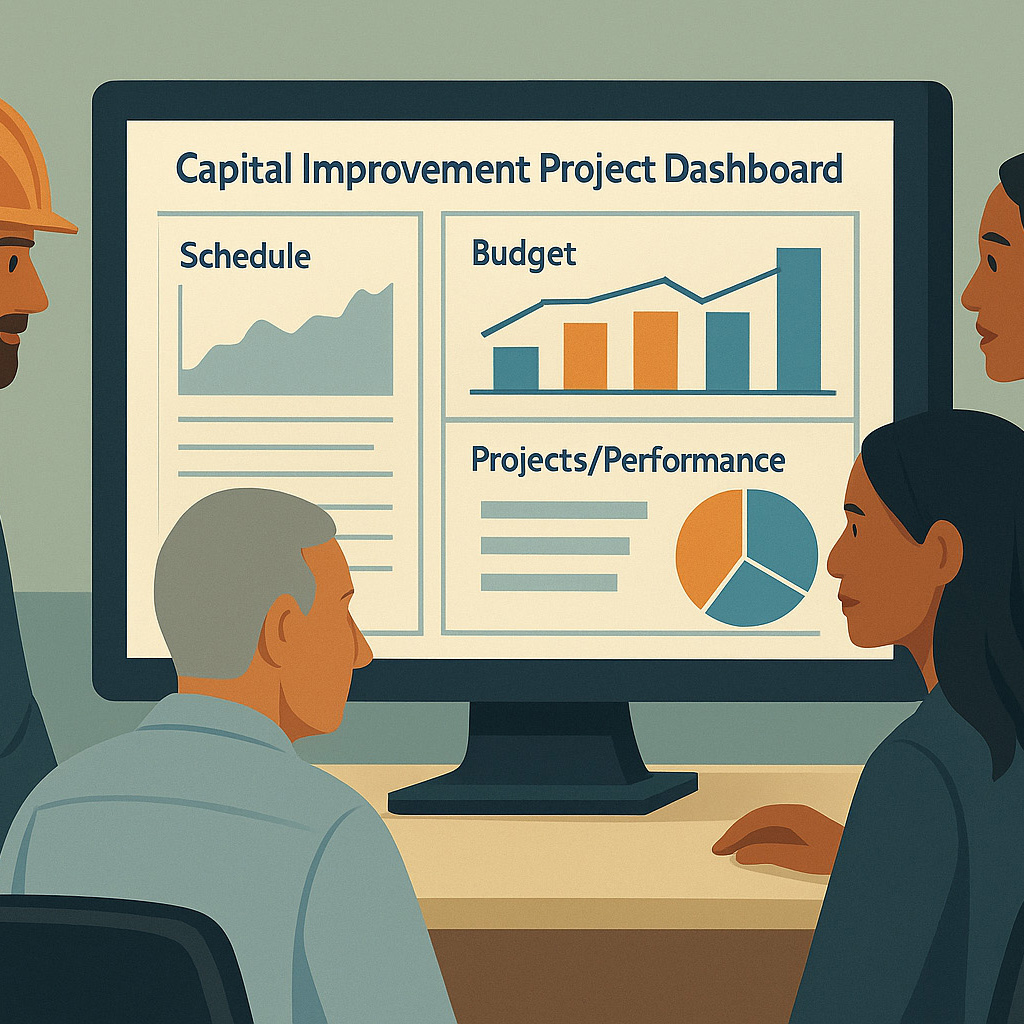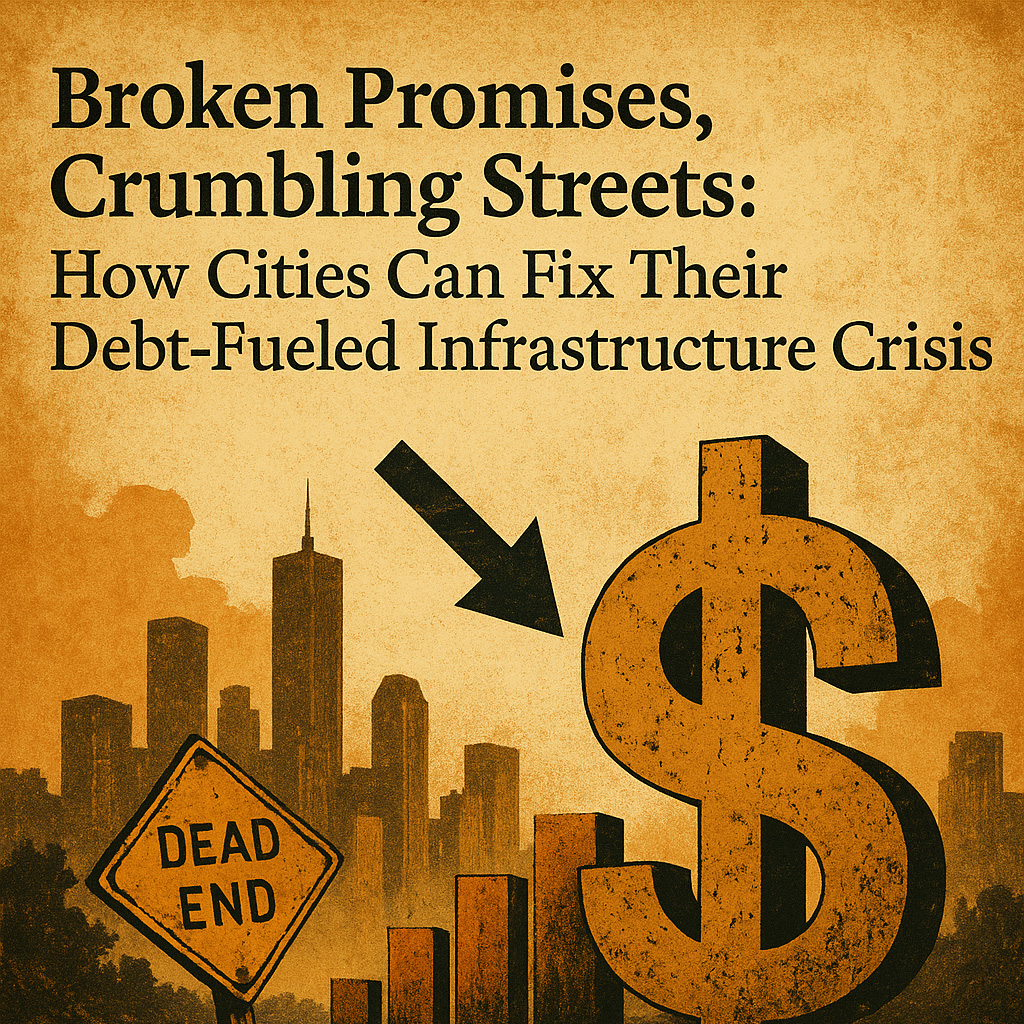“Measurement is the first step that leads to control and eventually to improvement.”
– H. James Harrington
The Measurable Future of Construction: Data-Driven Success in the 21st Century
For decades, the construction industry has been the bedrock of economic development, shaping skylines and expanding infrastructure. Yet, while advancements in materials and machinery have incrementally improved efficiency, the true revolution in modern construction isn’t in the physical tools—it’s in project controls. In an industry where competition is fierce, regulatory scrutiny is high, and the margin for error is razor-thin, one principle has emerged as a guiding force: If it can’t be measured, it can’t be managed.
The Evolution of Construction Management
Historically, construction project management operated on intuition, experience, and fragmented documentation. Projects were driven by personal oversight, and schedules were often dictated by gut feel rather than data. However, this approach has proven insufficient in today’s world. A growing number of projects suffer from cost overruns, scheduling delays, and compliance failures. According to industry reports, large infrastructure projects regularly exceed their initial budgets by an average of 28% and are often completed 20-30% behind schedule.
Modern construction demands a data-driven approach. In the 21st century, successful project execution hinges on measurable performance indicators—real-time tracking of budgets, schedules, risk factors, and compliance metrics. The companies leading the way are those that have embraced technology-driven project controls, enforcing accountability and transparency at every phase.
The Critical Role of Project Controls
Project controls are the cornerstone of efficiency in contemporary construction. These controls ensure that key areas—such as schedules, budgets, contractor performance, compliance, and vendor management—are continuously measured and refined. Without a robust control framework, construction projects are left vulnerable to inefficiencies, cost escalations, and legal risks.
1. Schedule Performance: Keeping Timelines on Track
Time is money in construction. Delays can cascade, triggering penalties, resource reallocation, and strained stakeholder relationships. To mitigate risks, industry leaders implement Master Schedules, Monthly Updates, and Schedule Performance Indicators (SPI) that allow real-time visibility into progress. By leveraging cloud-based project management tools, teams can track milestones, anticipate bottlenecks, and enforce schedule recovery plans.
2. Budget Oversight: Controlling Costs and Cash Flow
Budget overruns have long plagued the construction sector. Poor cost estimation, unforeseen change orders, and material price fluctuations contribute to financial strain. Companies that prioritize financial transparency rely on Master Budgets, Invoice Reviews, Cash Flow Forecasts, and Cost Performance Indicators (CPI) to keep spending aligned with projections. Predictive cost analytics have further transformed budgeting by identifying financial risks before they become liabilities.
3. Compliance and Vendor Management: Ensuring Quality and Accountability
The complexity of modern construction projects demands rigorous compliance and vendor oversight. With an increasing focus on safety regulations, environmental considerations, and labor laws, construction managers must track contractor performance and regulatory adherence in real time. The use of automated compliance dashboards, digital documentation workflows, and AI-powered risk assessment tools ensures that all moving parts align with contractual and legal expectations.
Technology as the Industry Game-Changer
The construction industry is no longer defined solely by bricks and mortar—it is now a technology-driven sector. The adoption of cloud-based program management platforms, artificial intelligence (AI), machine learning (ML), and the Internet of Things (IoT) has redefined how projects are executed. Companies leveraging these tools experience fewer overruns, improved coordination, and enhanced decision-making capabilities.
For example, real-time data analytics enable proactive issue resolution, preventing minor setbacks from snowballing into major delays. Drones and IoT sensors provide real-time site monitoring, reducing reliance on manual reporting. AI-driven predictive modeling assesses risks and recommends mitigation strategies, enhancing efficiency at every stage of development.
The Future: Measurement as a Competitive Advantage
The construction firms that will dominate the future are those that measure everything—from worker productivity to supply chain efficiency, from sustainability metrics to financial performance. The era of loose estimates and reactive management is over. In its place is a new reality: if it can’t be measured, it can’t be managed.
For project owners, investors, and contractors alike, embracing a data-first mindset is no longer optional—it is imperative. Those who fail to integrate robust measurement tools risk falling behind in a hypercompetitive industry. On the other hand, those who embed advanced project controls into their workflows will see reduced risk, enhanced efficiency, and superior project outcomes.
Welcome to the measurable future of construction. It’s time to measure up.
At Front Line Advisory Group, we are pioneers in Capital Improvement Bond Management, leveraging unparalleled expertise and deep industry insights. Our mission extends beyond consultation – we empower our clients to realize the full potential of their investments, ensuring tax dollars are put to maximum use through astute Program Management Consulting. For more information or to commence your journey towards transformative bond management, reach out to us at Info FLAG













